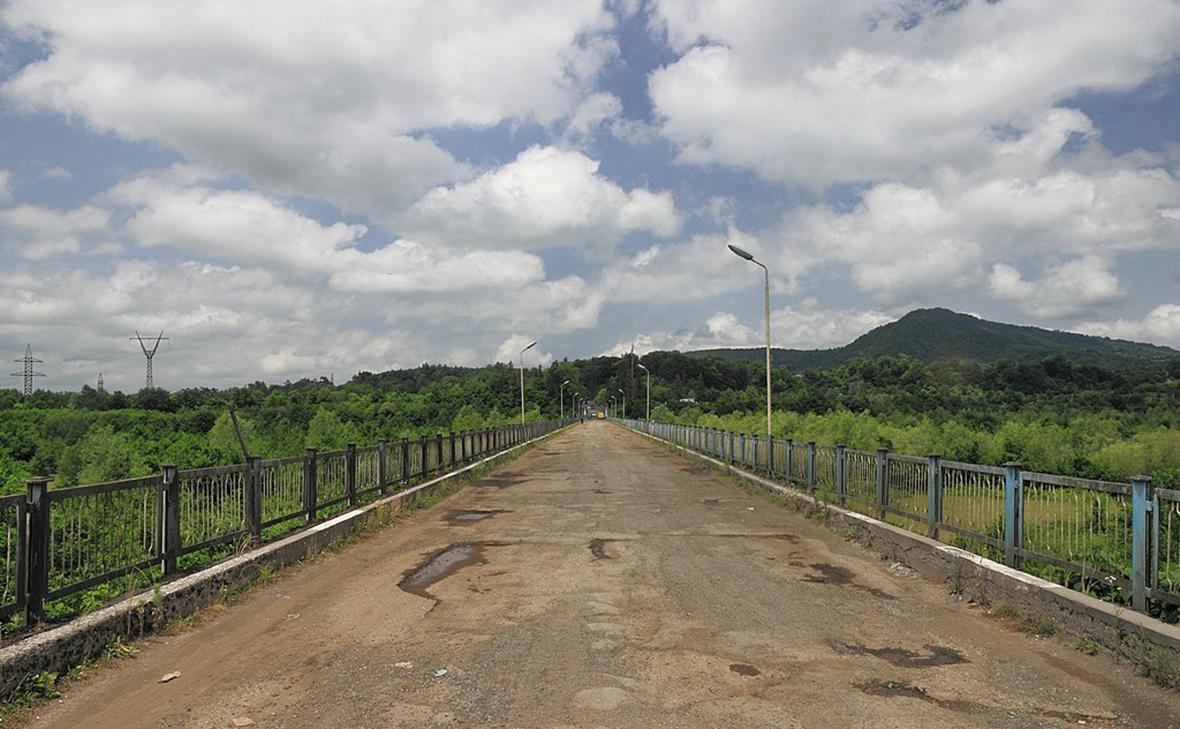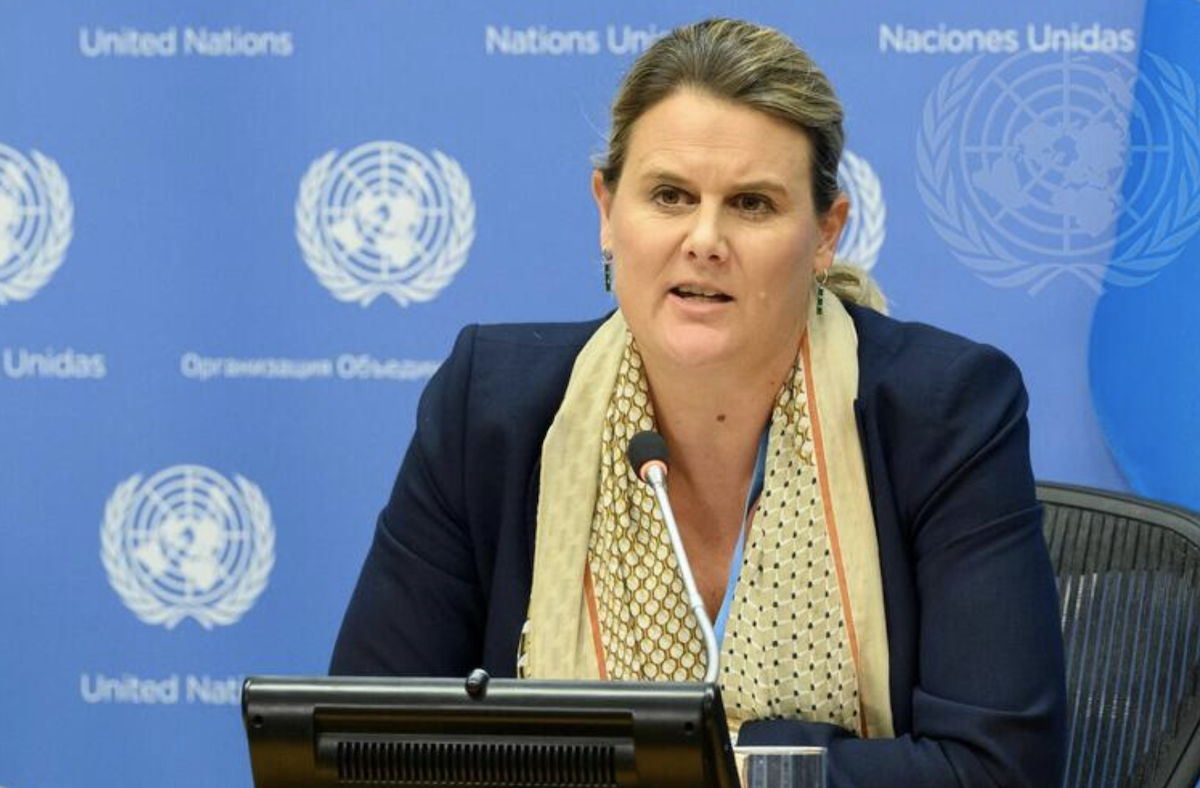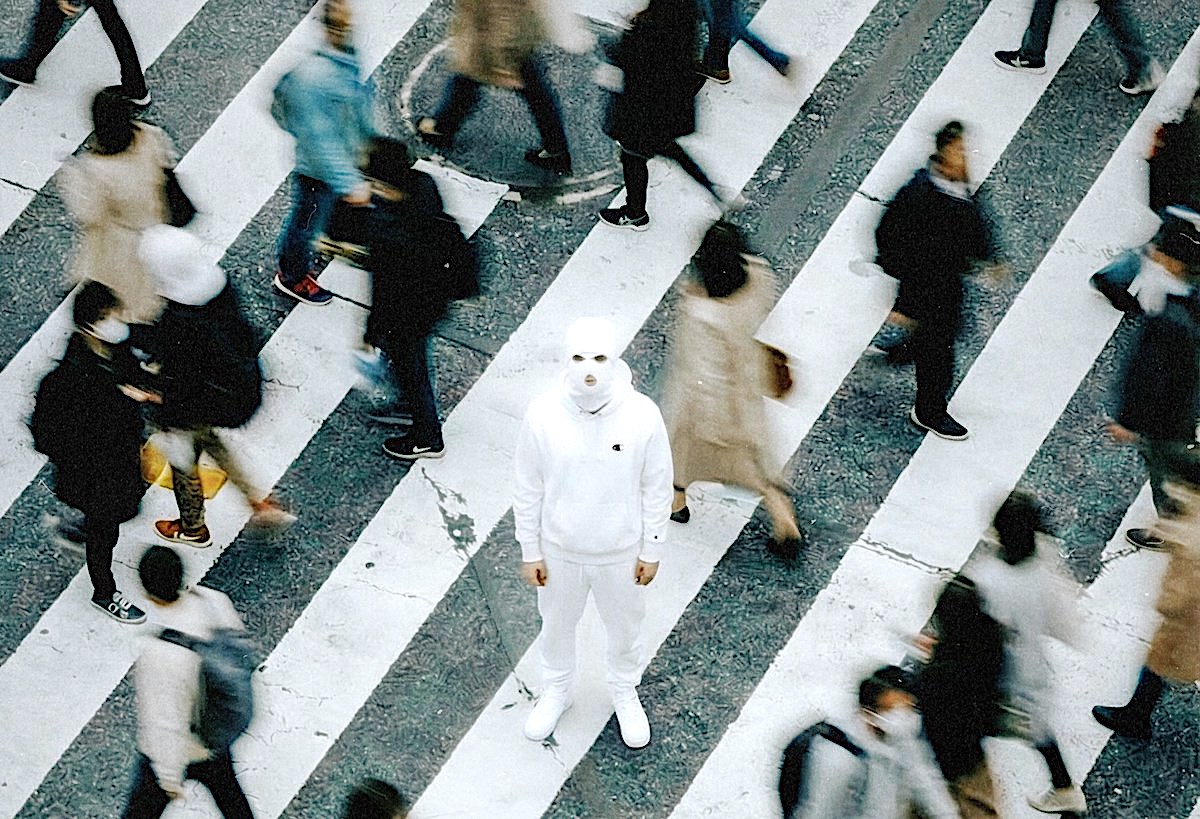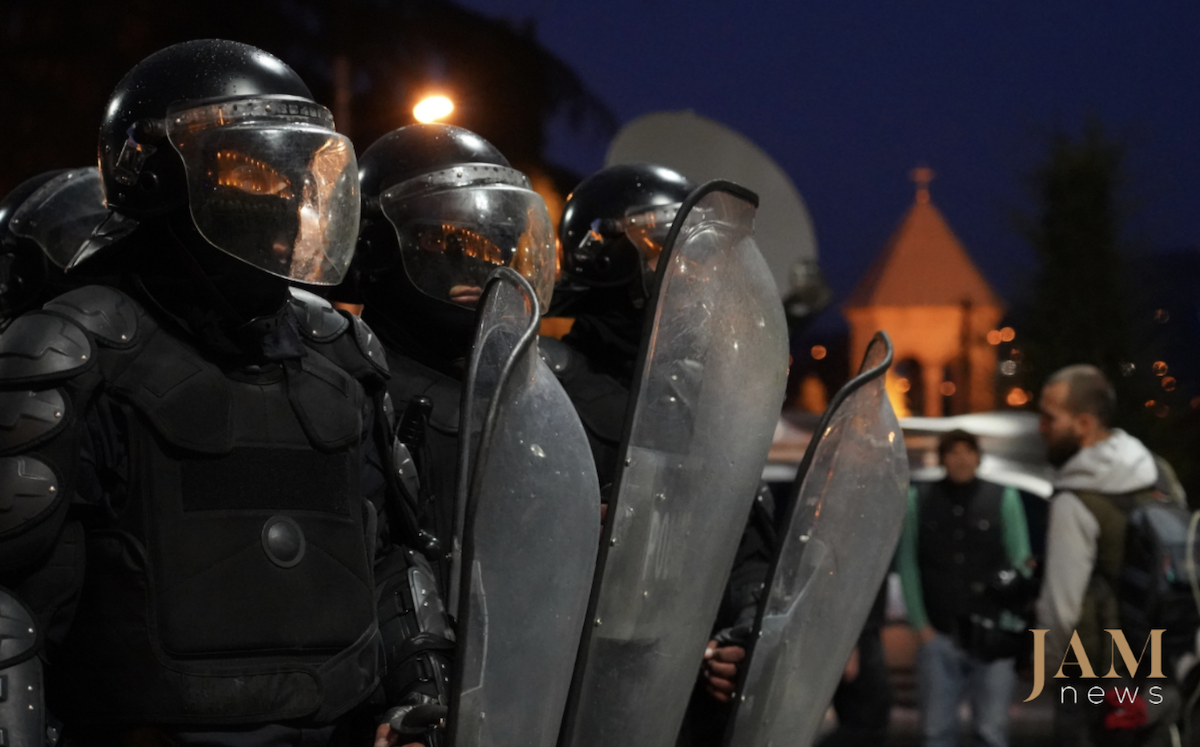Dangerous walk
Good cities in the developed countries are trying to create an environment, that will make people walks as much as possible. Why so? The more people travel on foot, the less they use cars, which reduces street congestions, noise and air pollution, and creates better living conditions in the city. Increased number of pedestrians is also beneficial for many types of businesses, located along the street. Finally, walking is useful for those, who walk, since it prevents obesity and related diseases.
Those, who more or less often walk in Tbilisi streets, will confirm, that this process is far from being pleasant. What are the reasons?
Poorly maintained sidewalks
In many streets of Tbilisi, sidewalks are either in terrible condition, or there are actually none of them at all. Apart from the potholes on the pavement, laid during the Soviet times, there are also surface irregularities, caused by the infrastructure and construction works. The municipal government, in general, focuses on and allocates more resources to improve the condition of roads and the sidewalks are often forgotten about. One could often hear the City Hall officials, saying that the road reconstruction has entered its ‘active phase’, but the sidewalk rehabilitation issue has never been touched upon even at the pledge level.
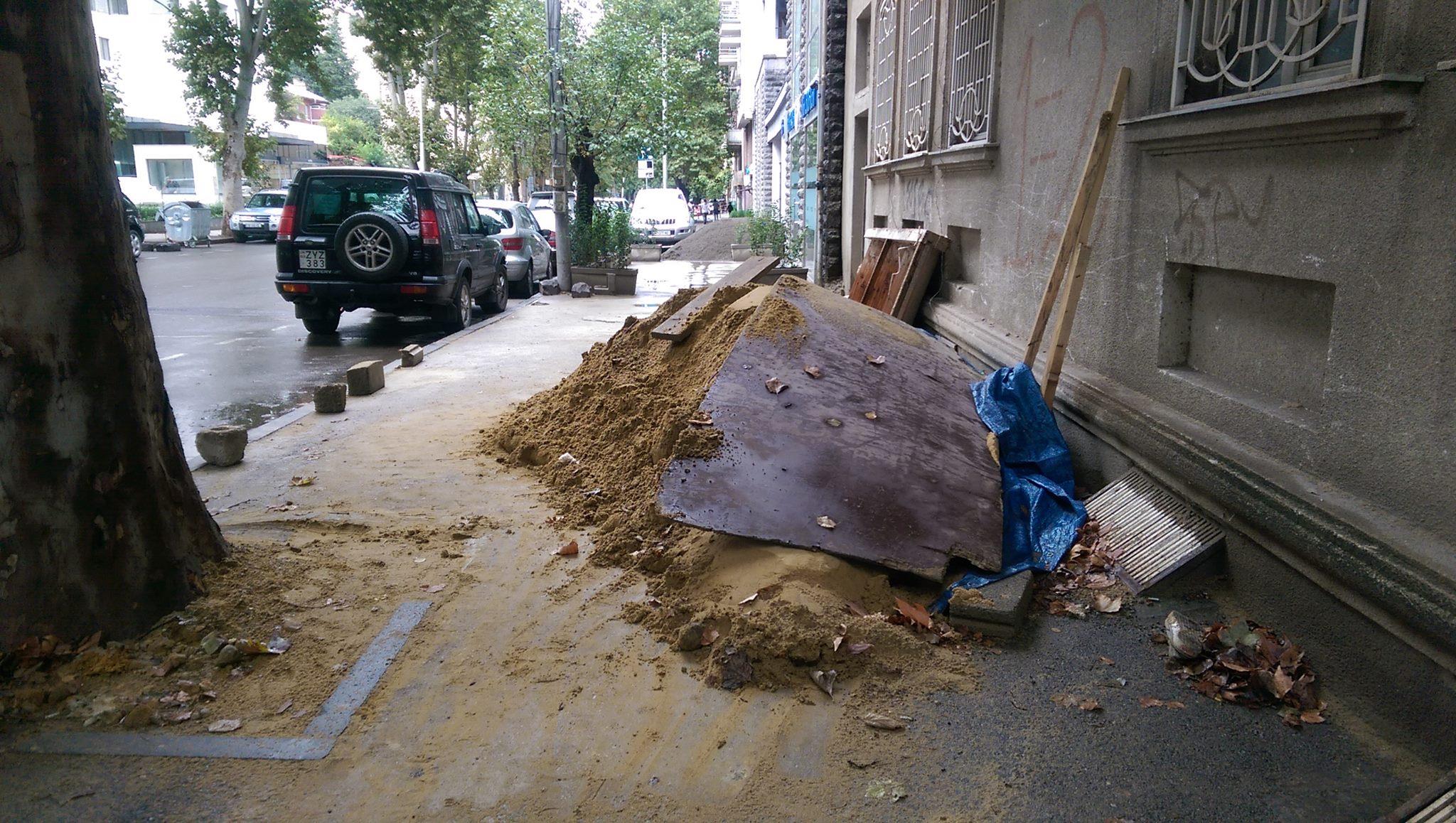
Sidewalk parking
The main function of a sidewalk in any normal city is to allow the pedestrians get from one place to another. Whereas in Tbilisi, the sidewalk is, first of all, a parking lot for those vehicles, that cannot fit in the area, specially designed for parking. It’s good, if there is a bit of space in parallel to a car on the sidewalk to squeeze through. If not, people can walk elsewhere – even on the second lane of the carriageway. If you want to fully experience all complexity of walking on the sidewalk in Tbilisi, then you should take a walk around the city with a pram.
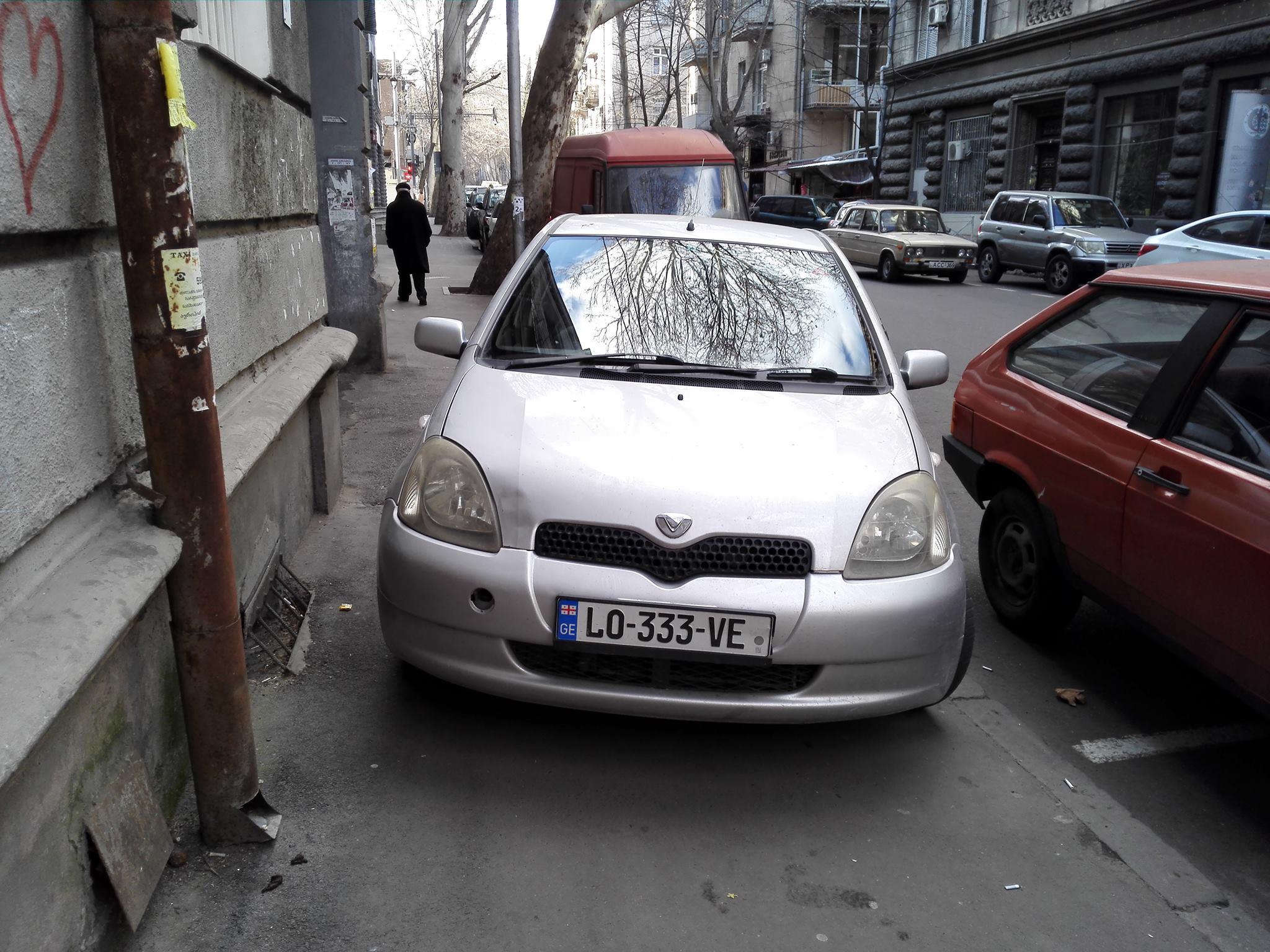
Roadside constructions
Apart from parking, Tbilisi sidewalks have another very interesting application – it’s a place where construction waste could be piled up. One can see many places in Tbilisi, where sidewalks are blocked by dunes of sand, gravel and other stuff. Besides, a sidewalk, or the bigger part of it, often gets beyond the construction fencing and there is no safe and comfortable passage for pedestrians.

Lack of pedestrian crossings
In order to turn a walk into a pleasure rather than a struggle for survival, apart from an opportunity to freely move on the sidewalk, one also needs a place, where he/she could easily and safely cross the road. In more or less broad streets in the normal cities, there are traffic lights and crosswalks every 150-200 meters. Whereas in Tbilisi, there are some places with no traffic lights or crosswalks at 1-kilometer distance. For example, the city’s central street – Rustaveli Avenue, where getting from one side of the road to another is a real challenge. Instead of crosswalks, Tbilisi has still maintained the ugly remains of the Soviet urban planning – dark and dirty underground passages. Using an underground passage is an unpleasant thing for anyone, and for some people (elderly, disabled and people with prams) it is physically impossible. Consequently, these people are unable to move freely around the city, which should be one of the fundamental human rights. Not only did the municipal government of modern Tbilisi fail to eliminate the remnants of the Soviet era, but it did worse, adding to them the so-called crossovers. It is more complicated for a pedestrian to use a crossover, than an underground passage.
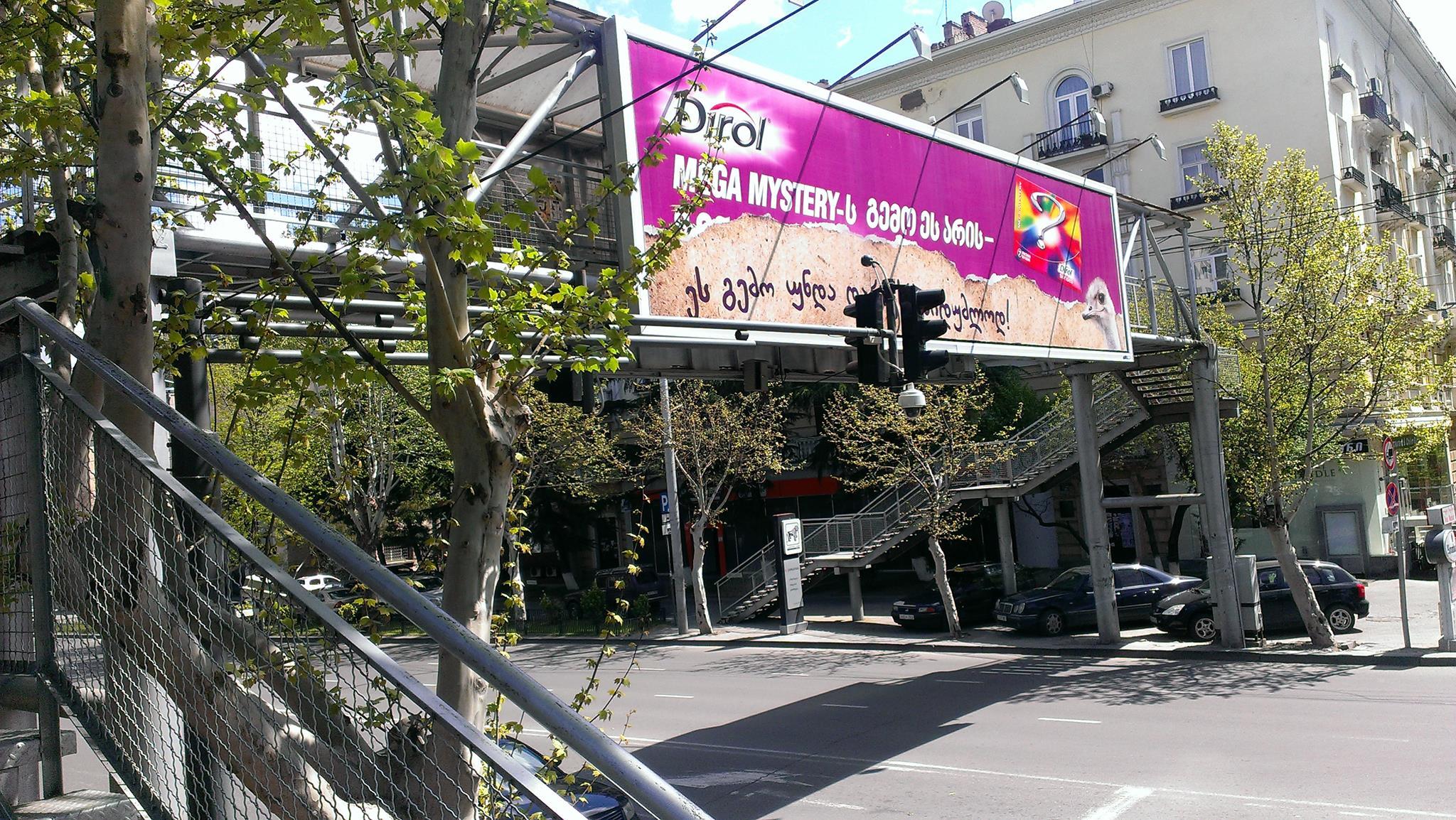
Grievous environmental conditions
Tbilisi air has a fuel smell and it is dangerous for your health. No one in Tbilisi exercises controls either over the vehicle condition or the quality of gasoline, as well as content of various hazardous substances in it. Besides, no one controls the ongoing construction works in Tbilisi either (remember the construction debris dumped on the sidewalk?); various construction projects, their materials and waste are not properly isolated and just a slight blow of the wind will be enough for it to get into your lungs. Finally, not a single tree has been left in some streets (as a result of that very disordered constructions), which is a big problem for the city with the air temperature reaching 40 degrees above zero in the summer period. Just try to walk in one of such streets on a sunny day in July.
Worthless public transport
Big cities are stretched along huge areas and it is not always possible to get everywhere on foot. Comfortable travelling around the city on foot also implies availability of high-quality and handy public transport. What happens in Tbilisi? If you are lucky to squeeze between the cars parked on the sidewalk, jump over the dunes of sand, get through a 20-cm passageway between the construction fencing and the sidewalk edge, and finally reach a bus stop, you can enjoy travelling by bus, purchased by the municipal authorities some 10 years ago, that has never been subject to any elementary repair and maintenance during those 10 years. There are no cooling system in Tbilisi buses, which is quite strange in view of the city climate. Once you prefer to take a minibus, loud music and a driver’s cigarette smoke will be added.











